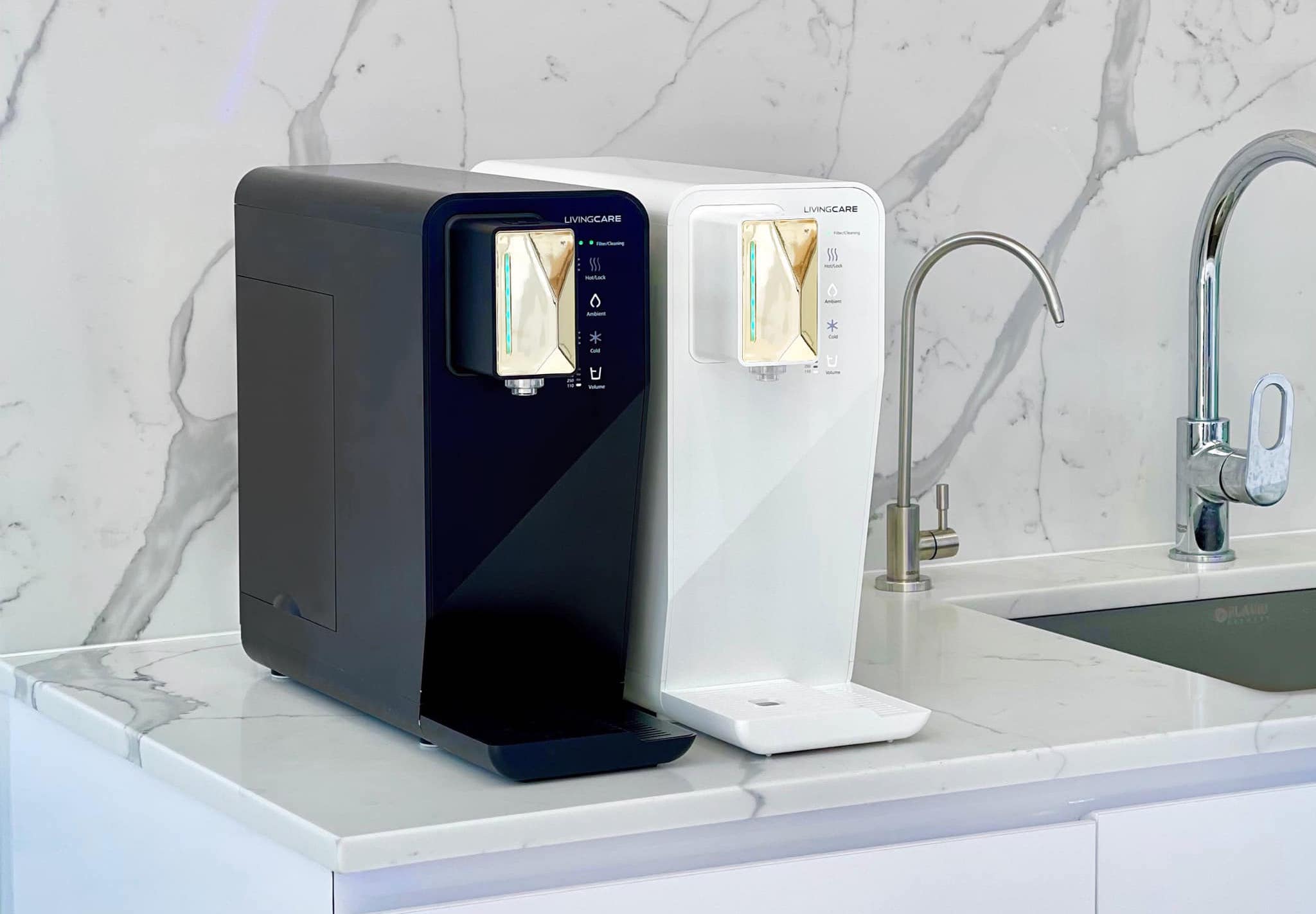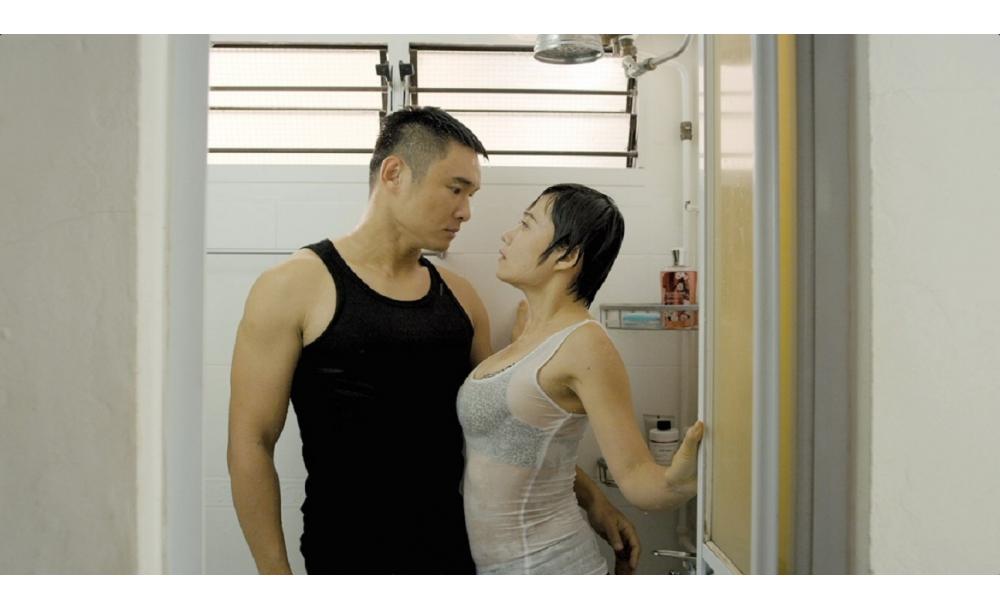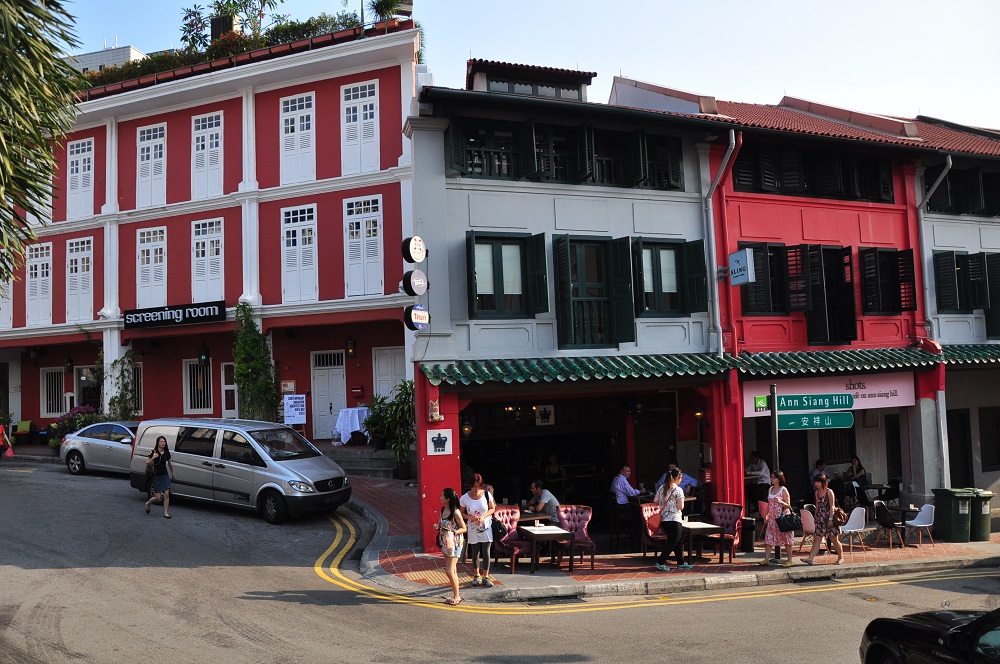A lawyer by day, Thenuga Vijakumar is also the current President of the Cat Welfare Society. She talks to us about how she makes time for both her day job and her cause, why helping animals also helps humans, how she adopted her first pet and of course, the most absurd question she has had to answer while helping community cats.
I am very fortunate to be able to say that growing up in Singapore was relatively easy for me.
I have great parents—my mum is an educator so doing well in school was always a priority.
My dad was the disciplinarian but is also one of the most giving people I know. I have two younger sisters who have grown up to be excellent in their fields. We have a good nucleus and building around that was not difficult.
My community cat is entirely responsible for [my interest in animal welfare]. She gave birth at our doorstep and the kittens went missing a month later. I looked but could not find them. That bothered me a lot, so I started researching what I could do to prevent this from happening again.
That’s when I came across the Cat Welfare Society (“CWS”) and their proposed solution was very straightforward—nab her and get her spayed. It took me six months of daily feeding to establish a routine and eventually the cat walked into a carrier by herself. I shut the door and took her to the vet the next day, went to school, discharged her after class and released her after a couple of days.
I found myself thinking, ok this isn’t too bad, I can do this more. She’s still living there, demanding food thrice a day now.
I volunteered at an adoption drive then at a fundraiser for CWS some months later during school holidays and learnt about a family with many unsterilised cats.
The family could not care for themselves, much less that number of cats they had. The cats were not sterilised so their numbers just grew. We helped neuter the cats, clean their home, and a couple of the volunteers went out of their way to help the family seek financial aid, medical assistance and even bought them new furniture.
It sank in then that despite being animal welfare volunteers in name, they were helping human beings as well.
[I’ve] never looked back since.
Most [people] want to know why I don’t help human beings instead. They are not mutually exclusive. I see myself helping people through the cases that we resolve islandwide.
The one question that gets my goat is, “Can you remove / relocate this cat?”
The answer is no. Humane management is about achieving co-existence between the human component and the community animal component of our community. Most Singaporeans are tolerant and appreciative of this but you do get a handful who insist that a particular cat must be removed for superficial reasons like they don’t want to see them.
About a year ago, I visited a friend to discuss a cat adoption drive when a pink ball of fluff bounced into the room and tried to join the meeting. I picked her up and for the rest of the meeting she slept on my lap. She was a recently rescued dog who had been used for breeding.
Her puppies had been sold and she was no longer considered “useful” so my friend had taken over her care. She was pink because of a skin infection, was only slightly more than a bag of bones with distended nipples and teeth out of a horror movie.
I mooted the idea of fostering her to my family. I did not know if we would be suitable adopters having never had a dog before, but even if we only had her for a short while, I was quite confident that we could get her on a path to becoming healthier.
My family agreed that we should foster her for two weeks, but I think all of us knew within two days that we would never give her up. This was a year ago.
I prioritise my work. I work regular office hours and stay on as long as is required to complete my work. After that I clear my cat welfare-related emails and the emails that come in to our general address.
I do rescue and rehoming work outside of my adminstrative duties and that is also done after office hours and over the weekend. I won’t lie and pretend that any of this is easy but it is not impossible.
I think there are two huge challenges [that we face]. The first is fundraising. Corporate donors are inclined to human beneficiaries and financial assistance from the government for animal welfare is sorely lacking. This leaves us reliant on individuals, many of whom think that we have corporate and government backing. Donor fatigue is also a very real condition.
The second challenge is finding succession—new entrants who are willing to learn the ropes and put their energy into pushing this further. Animal welfare is by no measure easy—it involves time, personal resources, managing people and I think it can push people to their breaking points. But that is exactly what a passion does.
I hope more realize that this is actually an opportunity and rise to the challenge.
I have never met more dedicated, perseverant, humble people than those I have met in animal welfare. These are men and women who have made helping animals, be it through mediation, sterilisation efforts, rescue or rehoming, a part of their life and I have watched them push through fatigue and exhaustion just to help others.
I can’t think of anything crazy [that I’ve seen while volunteering], unless you are referring to how long i’ve learnt that people can go without sleep while working on animal welfare.
To those who are contemplating joining animal welfare, do it. Pick an aspect – be a responsible feeder, be a mediator, be the person that implements a sterilisation programme in your estate, be a rescuer, be a rehomer.
Start. Follow through. Complete. Learn throughout. Repeat.
Animal welfare is not about the short term—humane management is a long term goal and it is completely achievable. We are reaping the efforts of the time and resources put in by volunteers from 15 years ago, and we can only progress as more are educated about responsible pet ownership and responsible caregiving.
[My allergies to cats are] not weird to me because I just work around it. I used to have difficulty breathing and have itchy and scratchy eyes but it has become a lot better after five years. Now it’s only in very poorly ventilated areas that my breathing is affected. I can still do trapping, rescue work and rehoming with no trouble.
I don’t think I take care of myself very well—I am overly fond of cake and my only exercise is carrying cat stuff around at events. Fortunately, that is almost weekly, so it balances out my cake belly.





